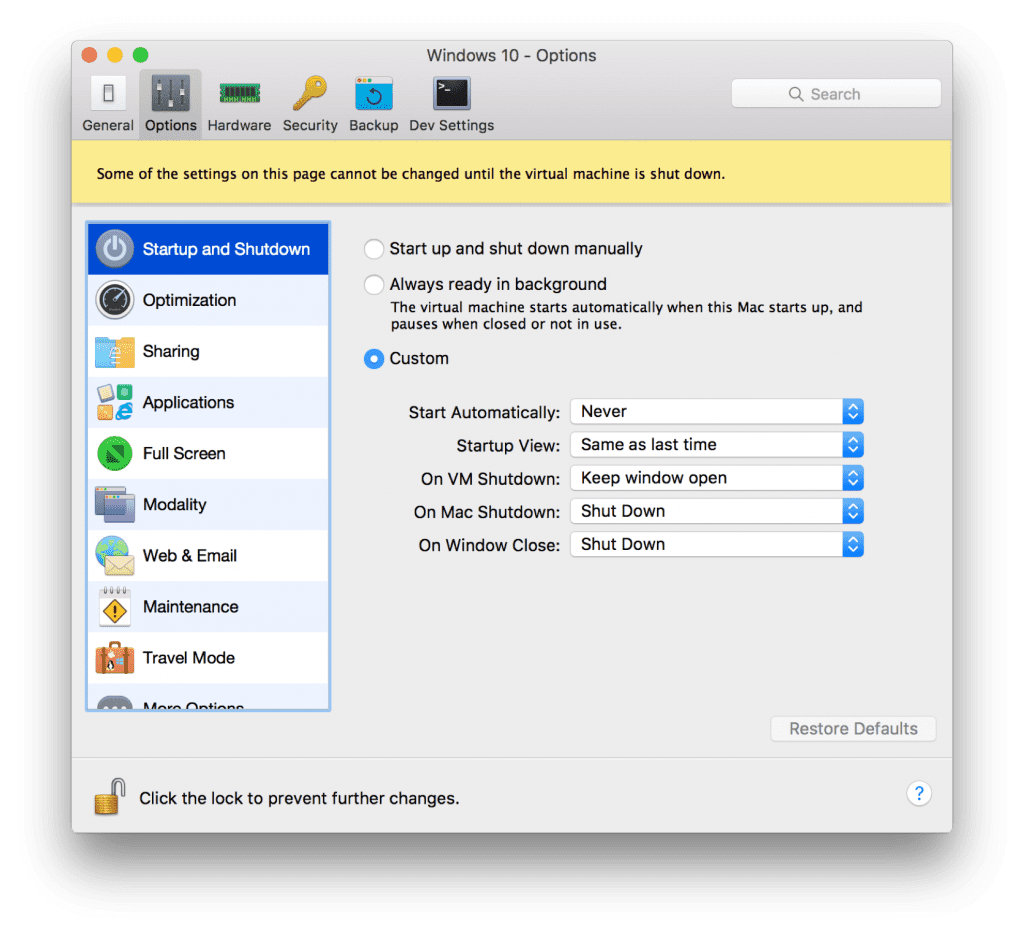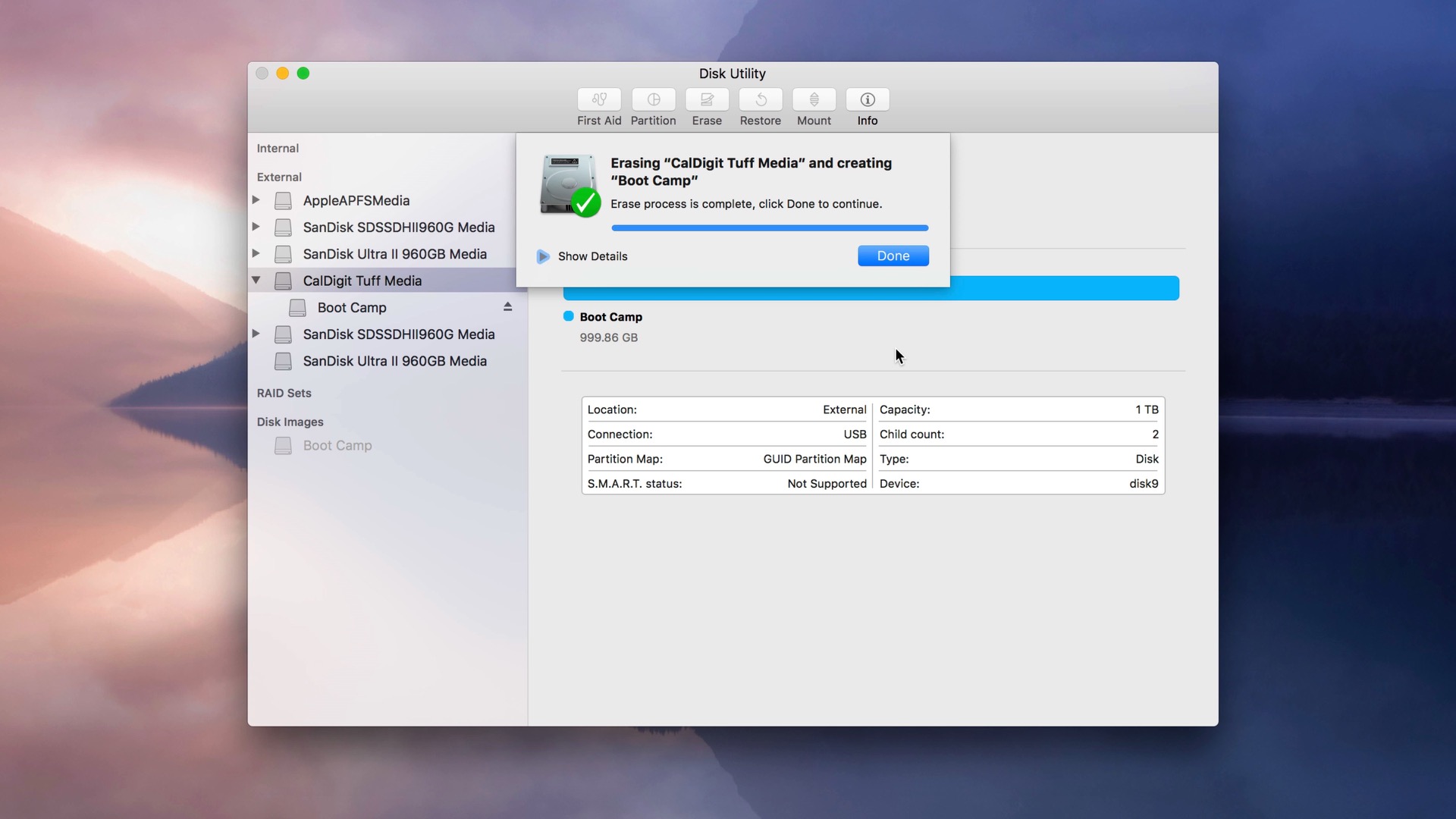

Choose all options like normal, but when asked about the virtual hard drive, select Do not add a virtual hard drive. You’ll first want to create a virtual machine within the VirtualBox GUI. And no matter which drive or partition you want to mount, it’s always a good idea to back up any existing data on it before continuing. Warning: Do not attempt to mount or boot the partition that runs the host OS with a VM, as that can lead to severe data corruption.

We’ll show how to do this when running VirtualBox on a Windows, Linux or Mac OS X host machine. This method is called VirtualBox “ raw hard disk access.” This allows you to mount or boot a secondary hard drive or external USB, for example. In today’s tutorial, we will only discuss mounting entire VirtualBox physical hard disks. VirtualBox can mount entire physical hard disks as well as only selected partitions of a drive. Open Virtual Box (via the “Applications” folder or via a Spotlight Search).Though it’s possible to create a virtual hard disk image from the existing contents of a physical drive, you might find it useful to directly mount or boot a physical drive on a virtual machine (VM).Īnd while this is fairly easy to do with the GUI of VMware and Hyper-V when configuring a VM, that isn’t the case with creating a VirtualBox physical disk, or a VirtualBox raw disk, in VirtualBox, as the process requires some CLI usage. Now that you’ve installed VirtualBox on your Mac, it’s time to load up your Windows 10 virtual machine.

Click “Close” and “Move to Trash” since you no longer need the installation file. Remove any leftover files, reinstall a fresh copy of VirtualBox, and then immediately reopen the “Security and Privacy” menu to see this option. If you don’t see this text, open the “Applications” folder and drag the VirtualBox icon to the Trash to uninstall it. Note that this option is only available for 30 minutes after a fresh install of VirtualBox. Near the bottom of the General tab, you should see some text that says software from Oracle America, Inc. Alternatively, you can click Applications > System Preferences > Security and Privacy. To grant permission, click the magnifying glass at the top right, type “Security,” and then press Enter.


 0 kommentar(er)
0 kommentar(er)
